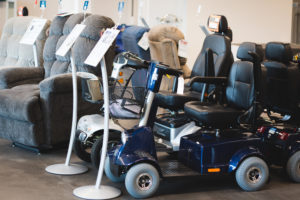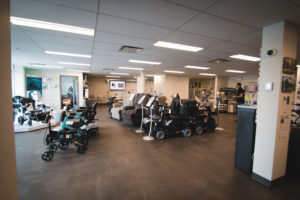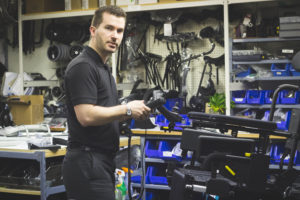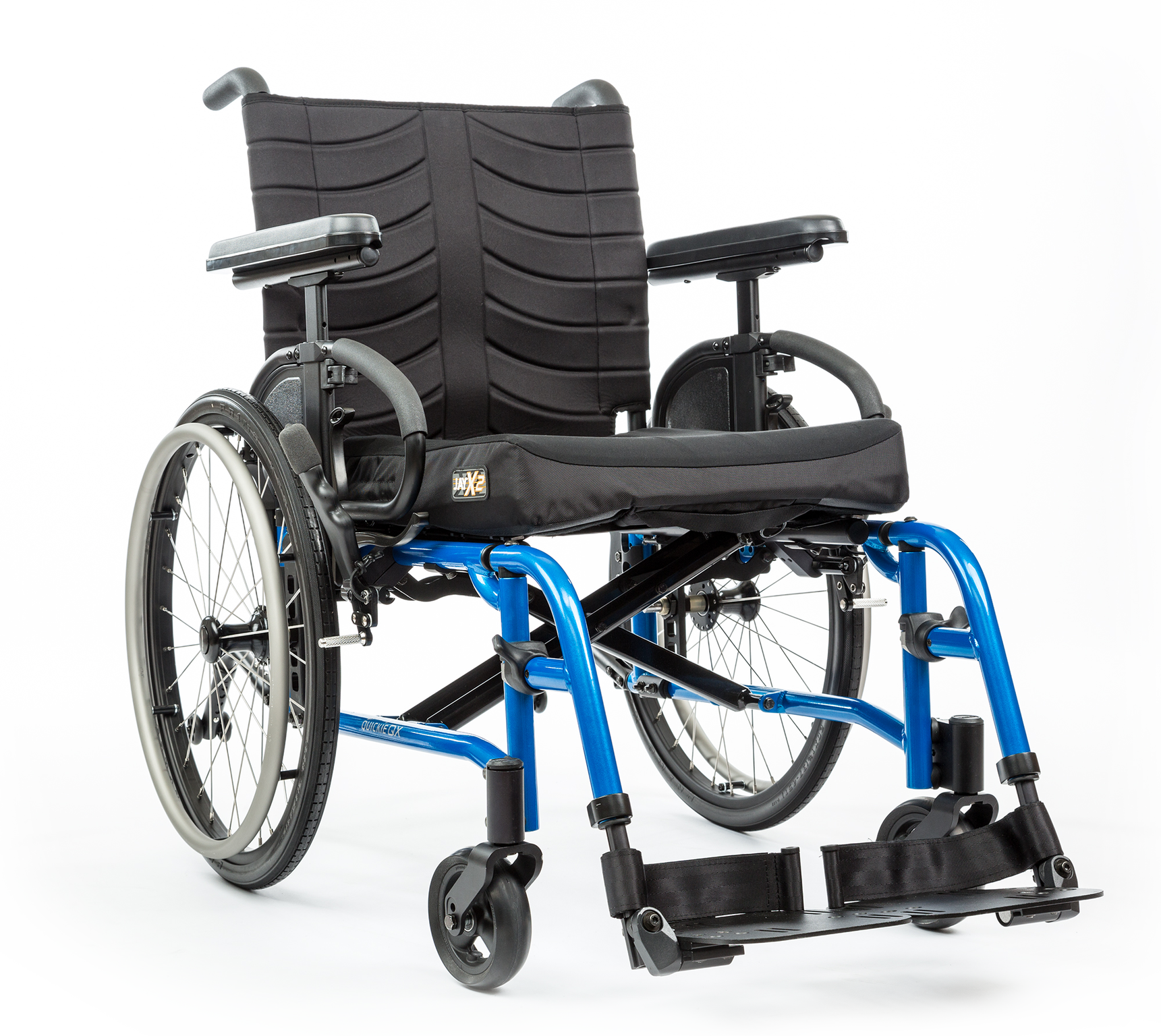
Assisted home living facilities have grown in popularity since their emergence in the 1990s, but moving away from home to such an amenity can be a tough decision for many people. For many obvious reasons, people simply prefer to age at home; they prefer the familiarity, their closeness to their family, and the independence of being able to take care of themselves.
Well, with new technology and improved services, it is becoming more possible and popular for people to age in their home rather than moving to an aged-care facility. However, taking the steps to prepare to do so can seem overwhelming and intimidating to many. Hence, we’ve put together this brief introduction on how to prepare to age at home for anyone who is seriously considering this option for themselves or somebody close to them.
Preparing to Age At Home: Making the home safe
 Hand rails are a great way of providing some extra stability in high risk areas such as bathrooms.
Hand rails are a great way of providing some extra stability in high risk areas such as bathrooms.
We believe that the entire process of preparing to age at home begins with making small changes to a person’s house in order to make it more safe and comfortable to live in. Doing so will lower the risk of any falls, slips, or trips to the hospital that cause elderly people to require more care and supervision.
Like everything, it is best to start small. Remove area rugs or other tripping hazards from the parts of the house that get a lot of foot traffic, such as hallways, living rooms, and bedrooms, and consider upgrading the bathroom or kitchen (or any other areas that feature hard, slippery floors) with some basic hand rails and benches to provide a bit of extra stability. Almost all slips or falls occur in or around the bathroom, and over 10% of those accidents result in serious injury and hospitalisation. Most of the time, patients end up in long term care for over a year, with some never returning home.
After that, it is also a good idea to consider how a person is getting in and out of their home, and if there is any way of making that process easier and more comfortable for them.

Occupational therapists can provide an invaluable clinical perspective on a patient’s needs.
When beginning to make these changes, we always recommend that people work together with an occupational therapist. A trained professional will provide a clinical perspective that we consider extremely valuable in helping people make informed decisions about how to upgrade their house to prepare to age at home.
An occupational therapist will work with a patient to establish their needs and goals and determine a pathway to achieving them. They will also help them make decisions about the equipment that is most relevant to their needs, and can put them in touch with an equipment vendor.
Once some primary changes have been made to the house and the person feels comfortable within it, it is extremely important that everyone involved works together to stay up-to-date on the patient’s condition.
Building and maintaining relationships
 Family members should work together to stay up-to-date on a person’s condition.
Family members should work together to stay up-to-date on a person’s condition.
The ageing person should feel comfortable enough to open up to their family members, their occupational therapist, and their equipment provider, and build strong relationships with all of them. As all parties are interested in the same goal, namely the comfort of the ageing person, it is vital that everyone works together and is on the same page.
Family members play a huge role in this, and we always encourage them to pay close attention to the needs and wants of the ageing person. It is also vital that the elderly person opens up to their family members and expresses how they’re feeling, or if they need any new/different equipment or extra care.
The occupational therapist and equipment provider that were called in for the initial needs assessment should also be kept up-to-date on the patient’s condition. Again, their clinical perspective can help to guide a family in the right direction with any new services or equipment they may need in order to help the patient age at home as comfortably as possible.
These professionals also play a big part in preparing a patient to age at home. After all, no one really wants to buy handrails and walkers, and elderly people can be very stubborn when it comes to upgrading their home, especially when the advice or information comes from someone within the family. That’s where the distance and professionalism of an occupational therapist can prove very useful, as they have a way of talking to an ageing person that achieves results.
Re-assessment and constant updating
 After taking the initial steps to ageing at home, it is vital to keep re-assessing a person’s needs and coditions.
After taking the initial steps to ageing at home, it is vital to keep re-assessing a person’s needs and coditions.
After making some of the preliminary changes to the house of a person in order to prepare them to age at home and having established some good relationships with all the parties involved, it is vital to continue re-analysing the needs and demands of a patient.
Again, we recommend doing this with an occupational therapist, but family members also play a huge role here. Everyone should feel comfortable to be involved in the care of the patient, which is why it is so important to establish those relationships we mentioned earlier.
From here on out, the process basically becomes a constant re-assessment of the patient’s needs and what equipment and services are relevant to achieving those goals, and it is very important that all the parties involved work well together in order to make this process as comfortable as possible for the ageing person.
Remember, feel free to contact us for any further information on how to age at home, as we’re always here to help.
Tags:
age at home ageing at home how to age at home preparing to age at home












